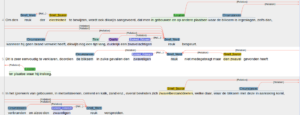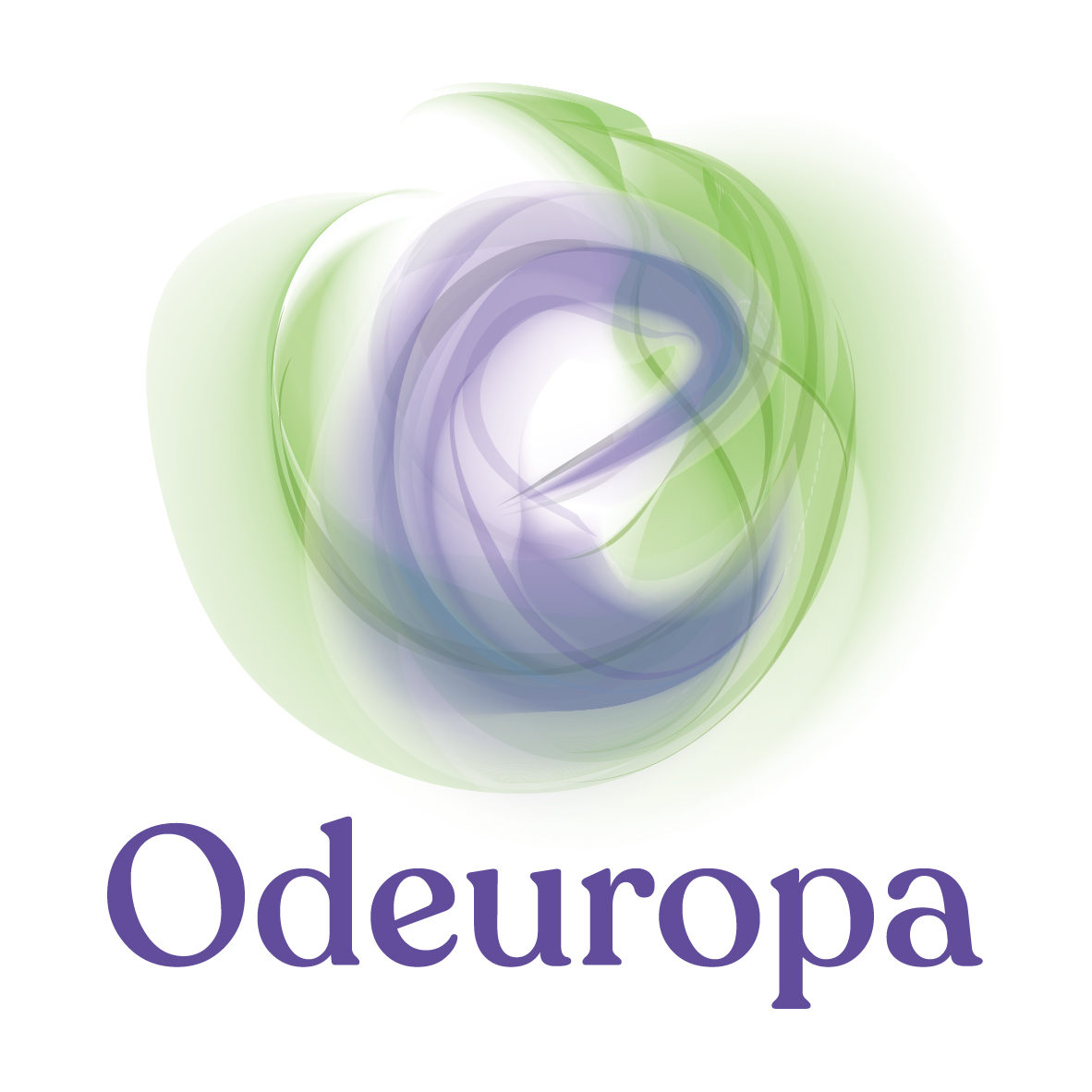by: Sanne Steen
One of Odeuropa’s goals is to extract relevant smell references in historical texts. An early step of this process is creating annotated texts for a language technology benchmark, i.e. we mark up texts with information which terms refer to smells to evaluate the performance of automatic tools on detecting smell references in texts. As an annotator, I read Dutch fragments of early modern texts about topics ranging from travel and science to poetry and theater. These sixteenth- to nineteenth-century text fragments were selected because they contained one or more smell words such as lucht (air), neus (nose), and rook (smoke/smelled). My task was to trace the smells and annotate anything related to these smells, such as quality, perceiver, location and smell source. Context is often very important for this task. For example, the small phrase “he smells” can mean that he emits smell, or that he is using his sense of smell. Another difficulty appeared once, in a scientific text describing the smell of electricity and lightning. This snippet described not only the actual smell but also falsified previous explanations about the origin of the smell which poses a new hypothesis about the true nature of this smell. As the argument proceeded, words recurred as very different smell elements:

The text fragment about lightning in the annotating tool with my annotations. The English translation is as follows:
4) In order to prove the smell of electricity, it is often argued that, in buildings and other places where lightning hit, even when it did not generate fire, people sense a sulphurous smell, often for a long time.
5) This is easy to explain, because in these cases the lightning did not bring the sulphur-like smell but found the sulphur at the place it struck.
6) In the ironwork of buildings, in building bricks, cement and chalk, sand, et cetera, everywhere are sulphur particles, which, where the lightning hits them, burn and as such spread the sulphur-like smell.
Let’s dive into this smell fragment. The text originates from an essay about peat vapour, which was published by Jan Sasse in the Vaderlandsche letteroefeningen in May 1861. Sasse writes that peat vapour was believed to be composed of dissolved lightning, because both the vapour and lightning smelled like sulphur. The smell of lightning was experienced in places where lightning hit, even when it did not catch fire (line 4). Therefore, people believed that the lightning itself carried the smell. Indeed, in his Natuurlyke historie van Holland (1769), which is also in the benchmark, the Dutch natural scientist Johannes le Francq van Berkhey cites his colleague Pieter van Musschenbroeck who characterises the smell of lightning as similar to that of burning sulphur. Van Musschenbroeck argued that the lightning is composed of sulphur: “Because the places where lightning hit spread a smell of burning sulphur, one can hardly doubt that the major substance of lightning is sulphur.” (“Dewyl de plaatsen van den Blixem geslagen eenen reuk van brandenden Zwavel van zich verspreiden, kan men naauwlyks twyfelen, of de voornaamste stof welke den Blixem maakt, zal Zwavel zyn”)
) Sasse contests this statement, however, arguing that the odour carrier is the place where the lightning hit (line 5). The lightning strike is instead the circumstance which exposes the smell (line 6).
Sasse was heading in the right direction when explaining the smell of lightning. He was correct in describing the lightning as a circumstance rather than odour carrier. However, he may be wrong when identifying the odour carrier and the smell source. In his book Nose Dive (2020), Harold McGee attributes the origin of the smell of lightning to ozone (O3), which is experienced as fresh and pungent. Ozone is created from dioxygen (O2) when the air is struck with electrical charge. Thus, if I were to annotate McGee, I would annotate lightning as circumstance, ozone as smell source and completely omit the odour carrier because the ozone does not exist before the lightning strikes the air.
Fortunately, I have never actually experienced the smell of lightning before. Nevertheless, the text fragments awakened my very first smell memory. Growing up, my family had a big bulky television. When we would sit down and watch a TV show, I greatly enjoyed getting as close to the screen as possible. Distinguishing the red, green and blue pixels, I was surprised by how these three colours created a moving colour image. I could feel the minimal sparks that came from the screen and, importantly, smell the warm material and hot dust. More than modern screens, older televisions were sensory feasts. The description of the smell of lightning made me think of this particular smell and brought me back to childhood. In Odeuropa, we want to make it easier for people to access such ‘smell memories’ which is why we are developing technologies to extract smell references from text and putting them into an openly accessible database.

